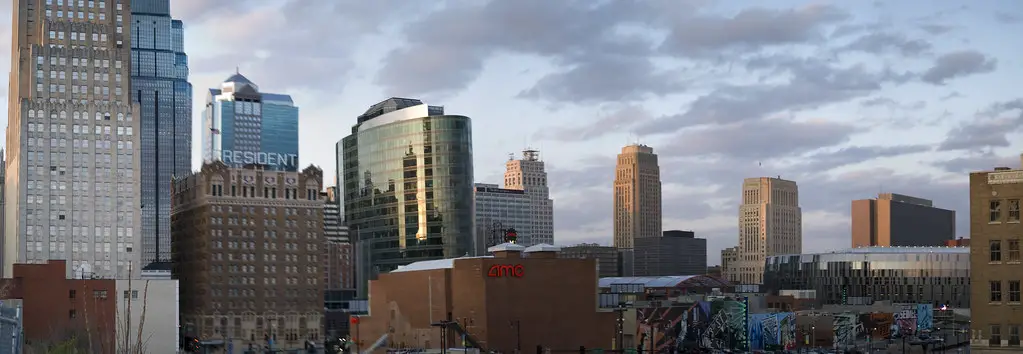The Future of the City: Crowd-Sourcing & Gamification for City 2.0
As Kansas City Design Week came to a close, the local American Institute of Architects Chapter hosted a presentation by James Moore of HDR Architects. Moore passionately believes that cities will be a key force in providing a better future for the planet, presenting his views on how technology can not only make smarter cities, but focus development on city centres. The most intriguing idea that came from his presentation dealt specifically with Kansas City’s new Google Fiber installation.
This summer Google will install a 1-gigabyte internet speed cable in Kansas City, which is a hundred times faster than the average broadband cable. This new asset will help revolutionize Kansas City’s technology infrastructure, but no one knows exactly how to utilize it to its fullest potential. Moore proposes a novel idea which could generate interest back toward the city through crowd-sourcing urban design.
Crowd sourcing and open source first started with computer programmers sharing programs and ideas to create more efficient operating systems, leading to the creation of software like Linux. This process utilizes a large group of experts with diverse backgrounds to help solve a larger problem with data being available for all to access. Although crowd sourcing can provide quick collective knowledge, it can be difficult to maintain the high level of engagement needed for planning cities.
Moore further proposes that this crowd sourcing initiative could utilize the power of gaming. We already dedicate billions of hours to video games each week, time that could be spent solving world problems, as Jane McGonigal proposed in her book Reality is Broken. Gamification, the implementation of game-like elements such as points and achievements in traditionally non-gaming environments, is well underway, including interfaces for electric cars that give the driver a score based on the fuel economy of a trip. The hope is that such changes can mold the driver’s behavior to be more efficient and sustainable.
By combining gaming and crowd sourcing, Moore imagines a new kind of Simulated City where citizens can actively participate in fulfilling the potential of their own city. The current SimCity video game represents the traditional top-down mentality toward urban planning where a single player influences every decision in the design of a city. Moore’s proposed platform would allow for hundreds of players to collectively play and interact with urban design.
By bring in local citizens to help propose and test ideas for cities, ‘user experience’ becomes a resource available to designers. A citizen can contribute knowledge about an area’s special events, history, important sites, key features, and ultimately will be the user of the proposal. Through this process citizens become an equal shareholder to the proposed ideas and create a communal investment towards the future. The traditional method of proposal and public debate shifts toward a platform that is engaging and encourages a collective effort to improve cities. Moore believes the ultimate goal of this system is to develop a game where elementary school children could propose and design ideas that would directly affect the city and see the collective results of their work as they grow older.
Crowd sourcing ideas from citizens may not provide exact solutions to the problems faced by a city, but it will help inform general opinions and generate a huge variety of unique ideas that designers can draw inspiration from to provide more precise solutions.
Although crowd sourcing and gamification in urban design are still at an infant stage, there are already well established open source initiatives and ideas that could help define this new way of interacting with cities. One online program that combines both features is MindMixer. This platform models itself after a town hall and rewards points to users who comment and participate in generating ideas for the community. These points can then be translated into achievements, perks, and prizes similar to a video game. MindMixer is currently being used by BNIM Architects of Kansas City to help crowd source urban ideas for Springfield, Massachusetts.
There is also a huge push in the field of Architecture to create open source networks of designers. Two programs that utilize crowd sourcing to help generate designs are Habitat for Humanity’s Open Architecture Network (which is now under the Worldchanging brand) and OpenSimSim’s Future City Lab. Both networks utilize a system of user based idea submissions, centralized databases of information, and provides a devoted community that makes suggestions on how to further improve the proposed designs.
With this year’s TED Prize looking for new ideas on City 2.0, this combination of gaming, crowd sourcing, and local participation may be the perfect storm to start a revolution in urban design to create a new active populace of passionate urban citizens.


